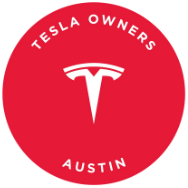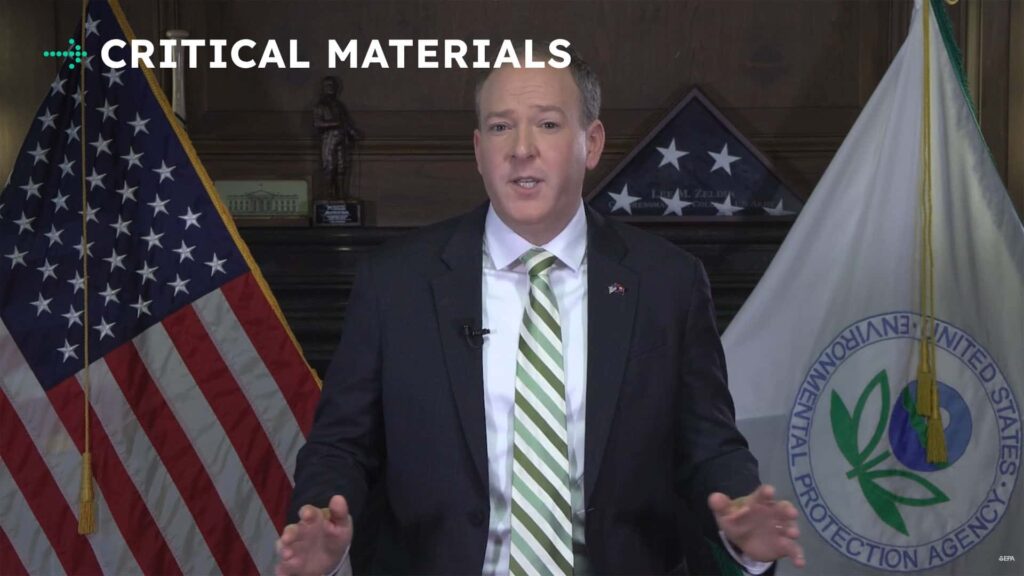The EPA has just made a monumental decision that is sending shockwaves through the environmental community. In a swift move that lasted only two minutes, the Trump-appointed administrator of the Environmental Protection Agency (EPA) announced a series of sweeping deregulations that have left critics reeling. The agency, which was originally established to protect the health of the public and the environment, has now seemingly shifted its focus to making cars more affordable.
This significant change has been met with intense backlash, with many calling it “the most disastrous day in EPA history.” Former EPA chief Gina McCarthy has condemned the decision, stating that the new direction of the agency is a grave departure from its original mission. Under the leadership of administrator Lee Zeldin, the EPA has pledged to repeal limits on pollution, roll back regulations on tailpipe emissions and power plants, and is even attempting to strip the agency of its authority to regulate greenhouse gases entirely.
The implications of these changes are far-reaching. By prioritizing affordability over environmental protection, the EPA is essentially turning its back on its core responsibility to safeguard public health and the environment. The move has been met with widespread criticism, with environmentalists, scientists, and concerned citizens expressing deep concerns about the future implications of these deregulations.
Some of the key changes proposed by Zeldin include rolling back restrictions on carbon dioxide emissions from power plants, rewriting tailpipe pollution standards to delay the shift to electric and hybrid vehicles, easing limits on mercury emissions from power plants, and reducing the “social cost” of carbon. Perhaps most significantly, Zeldin is seeking to revise the EPA’s 2009 legal opinion known as the “endangerment finding,” which gives the agency the authority to regulate greenhouse gas emissions.
Unsurprisingly, the oil industry has welcomed these deregulations with open arms, while environmentalists and public health advocates have sounded the alarm. Senator Sheldon Whitehouse has condemned the move as a victory for Big Oil, accusing Zeldin of disregarding scientific evidence and expert advice. McCarthy has also spoken out against the rollback of these crucial environmental protections, warning that it poses a significant threat to the health and well-being of all Americans.
Overall, the EPA’s decision to prioritize affordability over environmental protection marks a dangerous shift in the agency’s mission. As the effects of climate change become increasingly severe, it is more important than ever to prioritize environmental stewardship and public health. The EPA’s deregulations are a stark reminder of the urgent need to advocate for stronger environmental protections and hold decision-makers accountable for their actions. It is evident that the Environmental Protection Agency (EPA) has completely abandoned its core mission of safeguarding the health and well-being of Americans. The recent moves made by the agency, under the leadership of the current administration, have raised serious concerns about the future of environmental protection in the country.
The EPA, which was established to enforce regulations aimed at protecting human health and the environment, has taken a sharp turn towards deregulation. The agency has rolled back numerous environmental protections, allowing industries to pollute with impunity. This shift in priorities has left American citizens vulnerable to the harmful effects of pollution and other environmental hazards.
One of the most alarming examples of the EPA’s abandonment of its mission is the recent decision to repeal regulations that limit pollution from industrial sources. This move, if successful, would have devastating consequences for air and water quality, as well as public health. The agency’s willingness to prioritize the interests of polluting industries over the well-being of the American people is deeply troubling.
The EPA’s failure to fulfill its mandate has far-reaching implications. It not only puts public health at risk but also undermines the country’s efforts to combat climate change and protect natural resources. The agency’s abdication of its responsibilities is a stark reminder of the need for strong environmental regulations and oversight.
In conclusion, the EPA’s abandonment of its mission to protect Americans’ health and well-being is a cause for grave concern. The agency’s actions, or lack thereof, threaten to undo decades of progress in environmental protection and put the health of current and future generations at risk. It is essential that we hold the EPA accountable and demand that it fulfills its duty to safeguard our environment and public health.
Elon Musk’s Tesla is facing scrutiny over its manufacturing numbers, with critics questioning whether the company has the data to support its claims. If Tesla doesn’t have the numbers to back it up, Musk may have some explaining to do.
90%: Tariffs Likely Won’t Bring Auto Manufacturing Jobs To U.S.
If Trump’s 25% import tariff on Canada and Mexico was supposed to scare auto suppliers into shifting production back to the U.S., it isn’t working. Despite tariffs looming just around the corner, automotive suppliers aren’t packing up their factories for a move just yet. Instead, the suppliers are bracing for impact and practicing how to ask automakers to cover the increase in costs. In simple terms, three decades of supply chain infrastructure won’t disappear overnight and somebody is going to foot the bill to keep the status quo.
It’s easy to say “build it in America”—but there’s a series of major problems to overcome, most of them money-related. There’s also the notion of capacity, which experts say the U.S. simply doesn’t have. “I don’t see anything coming back,” said Steven Wybo, senior managing director at Riveron. “The capacity does not exist in the United States.”
According to Automotive News, the Trump administration’s planned 25 percent tariff on imported goods covered by a trade agreement “has not led to an ongoing dialogue about bringing business back from Mexico.” Instead, suppliers will likely seek financial support and cost recovery from major automakers to help withstand inflation and tariffs. “It’s about who’s going to pay for it and who can weather the storm,” said Ann Marie Uetz, a Detroit-based partner at law firm Foley & Lardner.
This means that instead of moving, suppliers will likely push the cost burden onto automakers who are already absorbing higher costs on the importation of the final product. And like Ford’s CEO, Jim Farley, has already said: tariffs mean higher prices for customers.
Even if automakers and suppliers wanted to move business back to the U.S., many don’t have the financial flexibility to pull it off. Billions of dollars have been poured into EV-related investments that are not yet profitable. The uncertainty about EV incentives and regulations pushing innovation has turned these same companies more conservative with their decisions related to electric cars. The constant turbulence of the auto industry has made future planning rather impossible.
While tariffs are expected to hit the auto industry hard, they are not going to unravel the decades of supply chain strengthening, at least not overnight. If Tesla wants to make bold claims about its manufacturing numbers, it will need to provide concrete evidence to support those claims. Otherwise, Elon Musk may find himself in a position where he has some explaining to do.
And with the recent tariffs imposed on imported goods, including those batteries, the cost of going green may become even more expensive for automakers. So the question remains: will automakers still go green despite the financial challenges?
The answer is not as straightforward as one might think. While automakers have been making significant investments in electric vehicle technology and sustainability efforts, the added costs of tariffs could potentially slow down the transition to cleaner energy sources. This is especially true for smaller automakers who may not have the financial resources to absorb the increased costs.
However, the push for cleaner energy and stricter emissions regulations are not going away. Automakers are under pressure to reduce their carbon footprint and produce more environmentally friendly vehicles. This means that despite the tariffs, automakers will likely continue to invest in green technology and work towards reducing their reliance on fossil fuels.
One possible solution for automakers facing higher costs due to tariffs is to innovate and find alternative sources for their battery needs. For example, some companies are exploring partnerships with local battery manufacturers or investing in research and development to make their own batteries in-house. By reducing their dependence on imported batteries, automakers can mitigate the impact of tariffs on their bottom line.
Another factor to consider is consumer demand. As more and more consumers become aware of the environmental impact of traditional vehicles, the demand for electric vehicles is expected to rise. This means that automakers may be willing to absorb some of the costs of tariffs in order to meet the growing demand for cleaner vehicles.
In conclusion, while tariffs may pose a challenge for automakers in the short term, the long-term trend towards cleaner energy and sustainable transportation is unlikely to be derailed. Automakers will continue to invest in green technology and work towards reducing their carbon footprint, even in the face of financial obstacles. So, in the short term, the answer to who will pay for the tariffs may be you, but in the long term, the benefits of a cleaner and more sustainable future will be shared by all.

